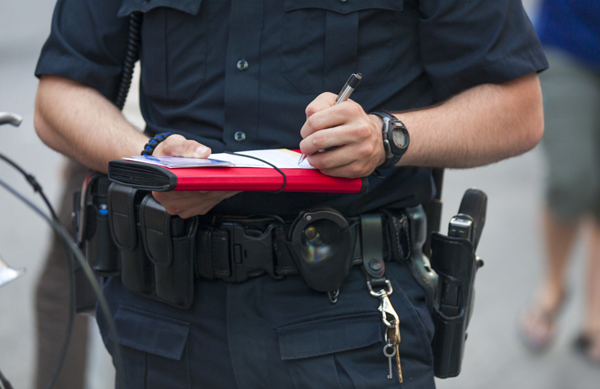GHSA Policy on Traffic Safety and Law Enforcement


This page contains an excerpt from GHSA's Policies and Priorities document outlining GHSA's policy on traffic safety and law enforcement.


This page contains an excerpt from GHSA's Policies and Priorities document outlining GHSA's policy on traffic safety and law enforcement.
Excerpted from GHSA Policies & Priorities (updated August 2025).
The proper enforcement of traffic safety laws is crucial for the safety and well-being of the public and will remain an essential element of safety programs for the foreseeable future. Traffic enforcement and criminal justice elements of highway safety provide significant value, including by reinforcing social norms, creating general deterrence for dangerous driving, stopping dangerous driving when it occurs and preventing recidivism among high-risk offenders.
GHSA believes that traffic enforcement should always be performed in a professional manner, GHSA encourages the use of data to drive highway safety planning for where, when and how traffic enforcement may or may not be implemented.
GHSA urges states and highway safety partners to consider steps to promote excellence in traffic enforcement, including:
High visibility enforcement is a proven, effective countermeasure and a cornerstone of state occupant protection, impaired driving and speed enforcement efforts. States are encouraged to highly publicize their enforcement activities, particularly those relating to occupant protection and impaired driving, in order to increase the effectiveness of those efforts.
GHSA supports law enforcement programs and departmental policies to promote safe driving practices among police officers, including seat belt use, distracted and drowsy driving.
GHSA supports the Below 100 program, which promotes the 5 tenets of: belt use, body armor use, speed management, situational prioritization and vigilance against complacency.
GHSA encourages law enforcement partners to consider a wide range of training to improve officer wellness, professionalism and community relations, including empathy training, stress management, mental health programs, implicit bias, de-escalation, use of force and officer intervention.
GHSA urges states to increase driver awareness of “Move Over” laws requiring vehicles to slow down or move over when passing public safety, emergency response and roadside assistance vehicles.